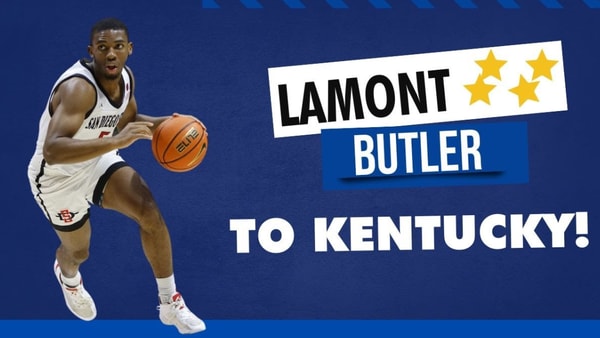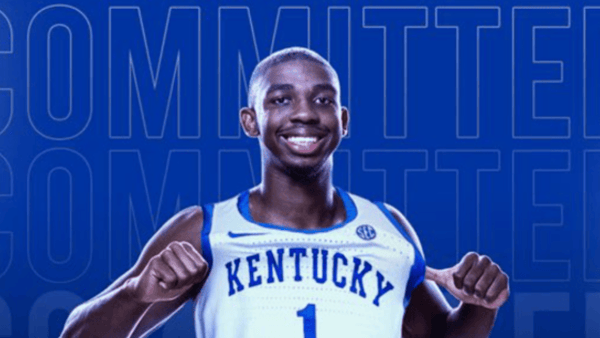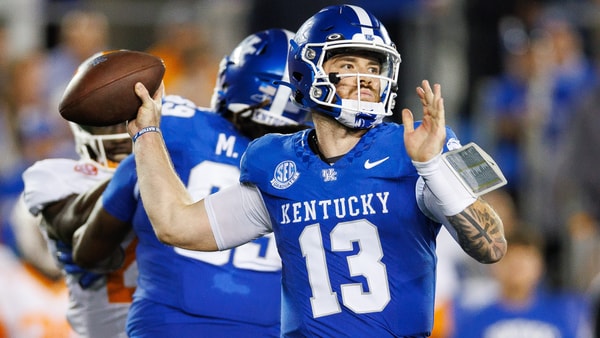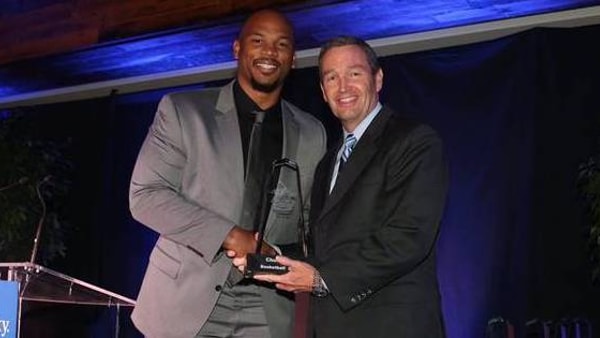The Gift that Keeps on Giving: Bob Dylan's "Like A Rolling Stone" Video
In case you missed it, the internet reached it’s optimal level of awesomeness on November 16, 2013. Any website with even the tiniest scrap of integrity should have shuttered its windows and closed up shop because nary a one of us will ever do anything that will even dream of approaching the amazingness of what director Vania Heymann gave to the universe that day. Forty-eight years after it was released in 1965, Bob Dylan’s iconic “Like A Rolling Stone” was finally paired with moving images in an official music video.
And it was perfect.
Now, I realize that you might be checking your Google Glass or smart watch or whatever you kids use to know what day it is and asking yourself, “why is this joker writing about something that happened a month ago? Doesn’t he realize that we’ve already forgotten everything we thought was important last week? A month ago might as well as be the Roman Empire.”
And I get it, I really do. But the thing is, this video deserves to be written about. And it deserves to be written about after it’s been thought about for at least a month. Because it might be the greatest single piece of popular culture ever created.
This would normally be the part of the post where I tell you to go and check the video out for yourself. If I were writing about anything else, I’d put one of these things here to make it easy for you to just click and get to it. And you should click that link, if that’s what you want to do. But just know that you shouldn’t click it if you don’t want to be occupied by one thing and one thing only for the next five hours. So I’m not going to tell you to go check it out, both because that’s a heavy burden for me to bear (I don’t even know you, how do I know if you’re psychologically prepared to experience this video?) and because it’s sort of against all of the rules of internet writing to tell the audience to leave your website and not come back for the rest of the day.
So, for the sake of my own personal code of ethics and some good-old-fashioned ego, I’ll just describe it for those of you who haven’t checked it out yet. The video for “Like A Rolling Stone” is an interactive video, set up to mimic your basic cable service provider. There are sixteen channels that you can surf at-will while you listen to the song. On each channel is a different easily-identifiable genre of t.v. or movie, with the actors on the screen lip-syncing along to “Like A Rolling Stone.” There’s a History channel, The Price Is Right, the Pawn Stars guys, a kids’ channel with a creepy under-animated cartoon, Marc Maron, and a VH1 Classic clone with footage from Dylan and Hawks’ (that’s the band that became The Band incaseyoudidntknow) 1966 performance of the song edited to match the tempo of the recorded version.
The total effect is sort of what it was like when John Malkovich went inside himself in Being John Malkovich. You enter a world that seems a lot like the one you inhabit every day — if, that is, your world includes flipping through cable t.v. — but which has inexplicably been taken over by the singular personality of Dylan’s song. Everyone in this world is Bob Dylan singing “Like A Rolling Stone.” Bob Dylan singing “Like A Rolling Stone” is everyone in this world. Except he’s not. Except he is.
Did you see Todd Haynes’s pseudo-biopic of Dylan, I’m Not There? It was kind of a crummy movie, but began with a brilliant conceit. Haynes, who also helmed the sort-of-about-Iggy-Pop-and-David-Bowie-but-not-really movie Velvet Goldmine, had various actors portray a series of characters that were styled as icons from distinct periods of Dylan’s life. Cate Blanchett played the 1965-66 thin-wild-mercury Dylan, Christian Bale the born-again Christian, Richard Gere the recluse who tried to get lost in old weird America with The Band, Heath Ledger the divorcing-Sara-Hollywood-jerkwad, etc.
If you’re a Bob Dylan fan, or have ever heard anyone talking about Bob Dylan, you can probably guess why I said this was a good idea, even if the execution was off. From the get-go, Dylan built his career on fulfilling archetypes. He showed up in New York City in the early 1960s with a fake name, a fake accent, and a fake story about how he got there — all of which were designed to make him appealing to other people who liked Woody Guthrie. And the masks didn’t stop there. Before settling into his current persona as the walking, talking Great American Songbook, he had portrayed himself as (by my count) the vagabond, the rebel, the family-man, the hick, the gypsy, the godly man, the whatever-he-thought-he-was-doing-in-the-80s, and the voice from beyond (or at least right next to) the grave.
I’m Not There (get the title now?) wasn’t the first time the chameleon Dylan trope was bandied about on screen, though. In 2003, Seinfeld alum and future Borat director Larry Charles directed Masked and Anonymous (again, get it?) and co-wrote it with a guy calling himself “Sergei Petrov,” who everyone pretty much now accepts was just Bob Dylan using one of his stupid Bob Dylan pseudonyms. Masked and Anonymous, which Dylan starred in, was the story of an iconic rock legend recently released from prison and trying to put on a benefit concert, and was set in a fever dream version of the future where the Biblical apocalypse is actually literally happening. Again, as you might have guessed, not the best movie (though the musical performances are top notch).
But while I’m Not There takes the Dylan-is-a-bunch-of-people route to get at a picture of his artistic career, Masked and Anonymous goes in the opposite direction, sticking various aspects of archetypical Dylan personas in the characters swirling around the main character, who is played by the real Dylan. Which, if you want to give it a little more credit than it probably deserves, makes Masked and Anonymous a really interesting movie about a man living with the ghosts of his past.
It’s also exactly what you would expect a Bob Dylan song to be like if instead of being a song it was a movie. So it has that going for it.
So it’s clear that exploring the Dylan mythos is something that people are interested in doing, as well they should be. Whether all of Dylan’s archetype jumping was purely intentional or merely one really smart guy reacting to the world around him is beside the point. Because the point is that in the 1960s and 1970s, Bob Dylan helped define modern pop celebrity, while at the same time (and particularly since his post-1997 revival — again, the 80s, whatever) creating a career arc that provides one of our most insightful commentaries on it. If historians remember Dylan, it’ll be because he’s the guy who said “You can be in my dream if I can be in yours,” and “he not being busy born is busy dying,” and “hear the one with the mustache say ‘jeez, I can’t find my knees,'” but it will also be because, through all of his archetype shifting, he became an avatar for a post-modern society obsessed with popular culture.
Culture has always been an essential part of identity. There are some people who will tell you that the only way people can create identities is by drawing on the historically contingent cultural tools available to them. But during the mid-twentieth century, a new form of consumerist popular culture began to take shape. People had always performed music or theater, and some had eked out a living doing so, but the abundance of disposable income created by the post-WWII economic boom in the U.S. expanded the ranks of the culture-producing class to extraordinary numbers. The growing presence of consumerism also made cultural concerns key markers of identity. Nowhere was that more evident than in the cultural divide that developed in the late 1950s and 1960s. Dylan stumbled into that divide like Charlie Chaplin’s tramp, and almost instantly became one of its most recognizable flash-points. You either “got” Bob Dylan or you were a square — one of those people who needed to get off of the new road if they couldn’t lend a hand.
As technology has made popular culture increasingly accessible, storable, and transferrable, the tendons between culture and identity have only gotten stronger. Think about it. Is there anyone you identify with — anyone you feel kinship without outside of your family — with whom you don’t share some pop culture touchstone? Like the old saying goes, you are what you eat. You are, to a large extent, the culture that you consume. Or, to paraphrase Nick Hornby, it matters much less what someone is like. All that really matters is what they like.
There are countless ways that the interactive video for “Like A Rolling Stone” is an amazing cultural product. First, there’s the fact that IT’S THE VIDEO FOR “LIKE A ROLLING STONE,“ the song that Rolling Stone magazine (unsurprisingly) called the greatest song of all time in 2011. Young Bob Dylan was always at his best when he was filled with spite and/or passionately celebrating the misfortune of someone he didn’t like. This is the same guy who wrote “Positively 4th Street,” probably the first (and best) diss record ever, and told an ex-lover that it was ok they were breaking up, but what really bugged him was that she “just kinda wasted my precious time.” That’s cold. But it’s not half as cold as the cut-downs in “Like A Rolling Stone,” all of which culminate in that gloriously vindictive refrain of “how does it feel?” There just aren’t enough extra question marks in the world to express the hateful joy behind that line, even with caps lock.
Part of the greatness of the interactive video are the moments when the actors either fulfill or subvert the vitriol behind the song’s lyrics. When you watch it, make sure that at least once you’re on the fake The Bachelor channel when the first chorus breaks out. The woman who storms onto the balcony and mouths “how does it feel?” nails it in a way that I’m not sure even Dylan ever did. Conversely, the first (few thousand) times I worked my way through the video, my least favorite channel was the one that features a “romantic” movie. But as time wore on, I started to see how those scenes add a bit of regret and tenderness to a song that’s full of youthful screwyouness. And that’s really the benchmark for a great music video: it needs to add something to the song. That’s part of what made Spike Jonze one of the genre’s verified geniuses — I dare you to listen to Weezer’s “Buddy Holly” without thinking about Happy Days or the Beastie Boys’ “Sabotage” without the name “Cochese” crossing your mind. And Heymann clears that benchmark on a number of fronts, from the interactive interface to the quality of several of the individual videos themselves. You’ll never listen to “Like A Rolling Stone” the same way after you experience this video.
But that’s not why it might be the greatest single piece of pop culture ever. It transcends the boundary between “great music video” and “life altering experience” because it reveals the Dylan-as-commentary aspect of his career in a way that nothing else could. Two separate sets of filmmakers, one including Dylan himself, tried to get the point across in a movie, and both fell short. The difference here is the medium — both the actual medium of the internet and the facade of of the cable t.v. medium. Because the video is interactive, we get the chance to experience on our own terms. We get to take ownership of “Like A Rolling Stone” in a way that the jilted folkies who shouted “Judas!” in 1965 never could. In that way, we get to choose which archetype Dylan fulfills for us, thereby exercising our own individual identity shaping muscles in the process.
Then there’s the cable t.v. motif, which is perfect because it pushes across the emptiness of that entire exercise. Is there anything more vapid than just flipping through the channels on your t.v.? Not only is your participation in the video a simulation of the most hollow action imaginable, but the oddness lurking in the way that most of the channels don’t correlate to the lyrics at all lends a sort of emptiness to the figures on the screen. It’s almost like they’re completely vacant vessels, momentarily filled with the magic of “Like A Rolling Stone.” Which, of course, is exactly what they are. Which, of course, is exactly what we all are.
When you boil it down, art is pointless. And there is no art more pointless than popular culture parading as art. The reason we continue to produce and consume it is that we need something to fill all of the empty space inside of us and to make ourselves into something. But there’s a beauty to all of that pointlessness and emptiness. Because, at the end of the day, there’s not that much difference between nothing and everything. The whole point of art is that it is pointless. Because popular culture doesn’t really mean anything, it can mean everything, and so on.
Or, as the man once said, “when you ain’t got nothing, you got nothing to lose.”













Discuss This Article
Comments have moved.
Join the conversation and talk about this article and all things Kentucky Sports in the new KSR Message Board.
KSBoard